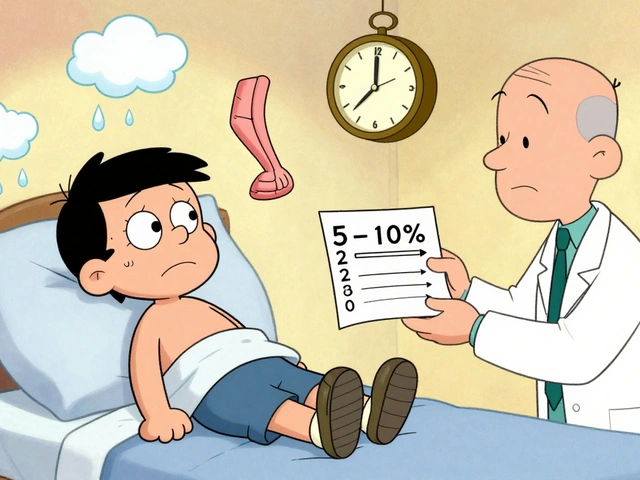Tretinoin prescription: what you need to know right now
Tretinoin is a prescription-strength topical retinoid used for acne, sun damage, and fine lines. It can improve skin texture and reduce breakouts, but because it’s strong, doctors control who should use it. If you’re thinking about tretinoin, this page covers how to get a prescription, how to use it safely, and what to expect.
Who needs a tretinoin prescription?
People with persistent acne, stubborn comedones (blackheads/whiteheads), or noticeable sun damage often get tretinoin. Over-the-counter retinols are milder; tretinoin is stronger and works faster. Your doctor will check your skin type, any skin conditions, current meds, and pregnancy risk before prescribing it. Pregnant people should not use tretinoin because of potential risks.
You can get a tretinoin prescription from a dermatologist, primary care provider, or via a reputable telemedicine visit. Be ready to describe your skincare routine, past acne treatments, and any allergies. If cost is a concern, ask about generic tretinoin, samples, or pharmacy discount programs.
How to use tretinoin safely
Start slow. Apply a pea-sized amount to dry skin at night, avoiding eyes, nostrils, and lips. Wait 20–30 minutes after washing your face so the skin isn’t damp. Use tretinoin every other night at first, then increase to nightly if your skin tolerates it. Pair it with a gentle cleanser and a moisturizer to reduce peeling and irritation.
Sun protection is non-negotiable. Tretinoin makes skin more sensitive to sunlight, so use a broad-spectrum SPF 30+ daily and reapply when needed. If you plan on chemical peels, laser treatments, or waxing, tell your provider—you may need to pause tretinoin before procedures to lower irritation risk.
Common side effects include redness, flaking, dryness, and mild burning for the first few weeks. These often improve with continued use and proper moisturization. If you get severe swelling, blistering, or intense pain, stop using it and contact your prescriber.
Avoid combining tretinoin with strong acids (like high-strength glycolic or salicylic acids) and other retinoids unless your doctor advises it. If you use topical acne antibiotics or benzoyl peroxide, your provider will tell you how to layer or time them to prevent extra irritation.
Expect results in 8–12 weeks for acne and several months for wrinkle improvement. Stay consistent—stopping treatment usually returns your skin to baseline over time. Keep follow-up appointments so your provider can adjust strength or frequency as needed.
If you want tretinoin but aren’t sure where to start, book a brief telehealth visit with a licensed provider or see a dermatologist for a clear plan. With the right guidance and sun protection, tretinoin can be a game-changer for many skin concerns.




